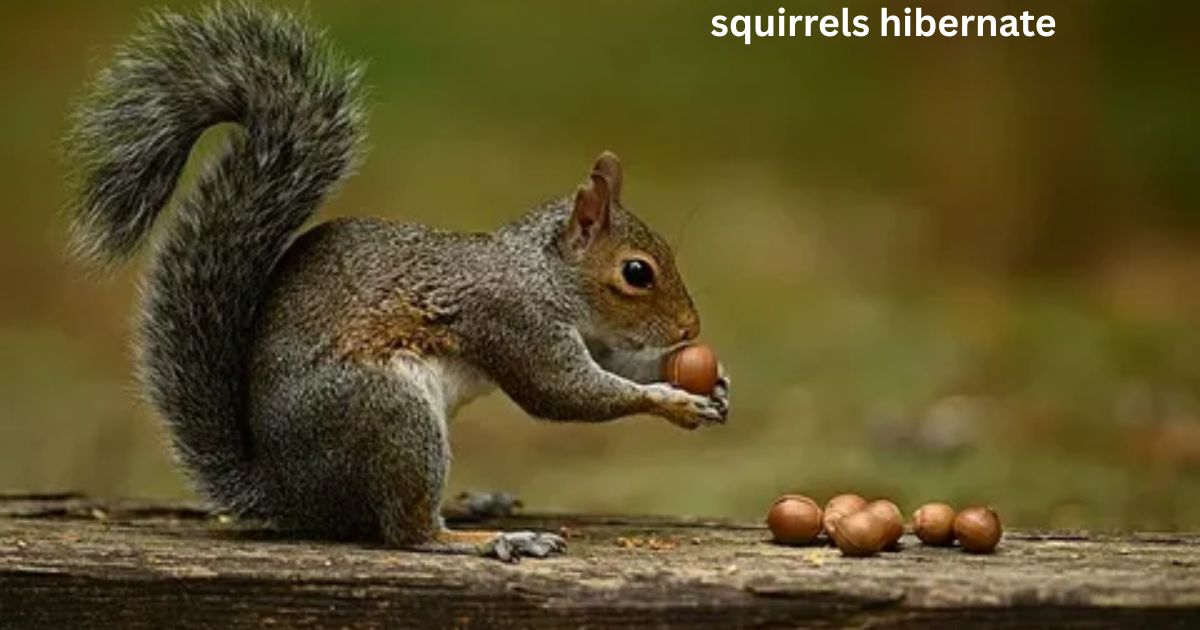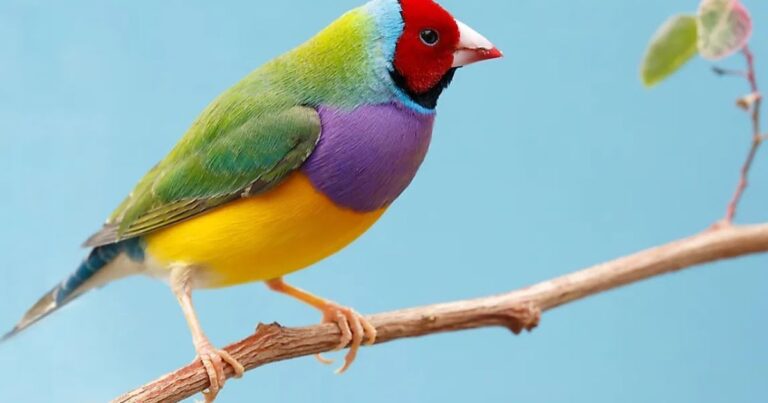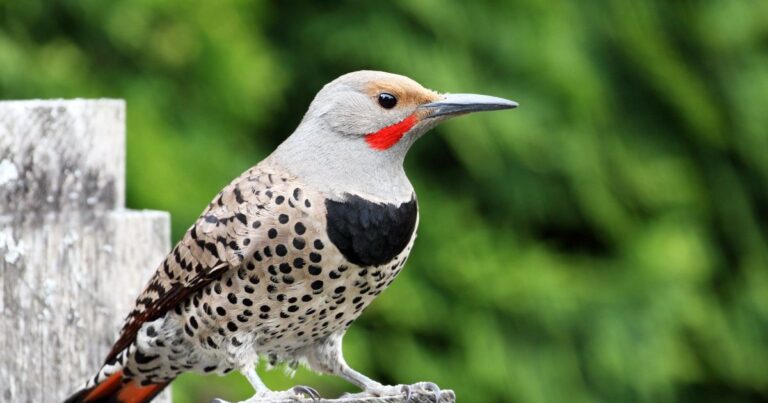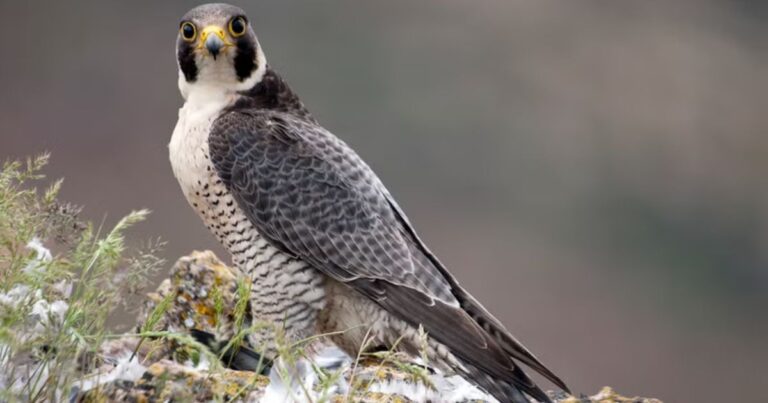Do squirrels hibernate?
Did you know that while many animals hibernate through the winter, squirrels take a different approach to survive the cold? Understanding whether squirrels hibernate is crucial for comprehending their unique behaviors and adaptations in seasonal climates.
This article will explore the fascinating world of squirrel species, delving into their nesting habits, food storage strategies, and how they cope with harsh weather conditions.
By the end, you’ll have a clearer picture of how these agile creatures manage to thrive when temperatures drop.
Do Squirrels Hibernate In The Winter
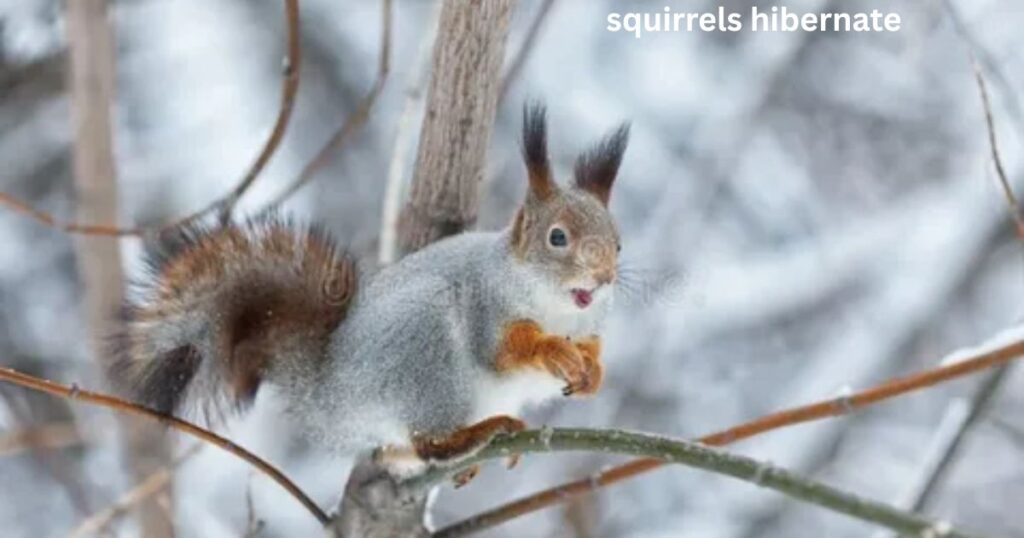
As I watch the squirrels darting around my backyard, I can’t help but wonder about their winter survival strategies. Contrary to what many believe, not all squirrel species hibernate in the traditional sense.
Tree squirrels, for example, don’t truly hibernate; instead, they enter a state known as torpor during the coldest nights. This energy-conserving behavior allows them to survive harsh weather while still being active enough to forage for food when necessary.
Ground squirrels, on the other hand, take a more extreme approach by engaging in true hibernation. They burrow deep into their dens and significantly slow their metabolic rate, making them more vulnerable but conserving energy over long periods.
It’s fascinating how these different species adapt their nesting habits and foraging behavior to cope with seasonal activity changes.
I’ve learned that while I might cozy up indoors with a warm drink, these little critters have their own unique ways of managing the challenges posed by cold weather like meticulously storing food in preparation for leaner months.
Watching them navigate this season reminds me of the intricate dance of life and survival in nature.
- Explore more info and guidance About: Squirrel Proof Bird Feeder
When Do Squirrels Hibernate
As I observe the bustling activity of squirrels in my backyard, I can’t help but wonder about their remarkable strategies for winter survival. Most people think of hibernation as a deep sleep, but squirrels have a unique approach to this seasonal challenge.
While tree squirrels don’t truly hibernate, they enter a state of torpor during the coldest months, significantly slowing their metabolism and conserving energy.
This means you might see them darting around on milder days, even in the heart of winter, as they occasionally wake to forage and check on their food caches.
Ground squirrels, on the other hand, embrace a more classic form of hibernation. These furry critters retreat into their burrows, curling up in their cozy nests while relying on their stored food to sustain them through months of dormancy.
Their sleep patterns shift dramatically, allowing them to survive the harshest conditions by significantly lowering their body temperature and heart rate. It’s fascinating to consider how these different squirrel species have adapted their behaviors to thrive in various climates, showcasing nature’s ingenuity in the face of cold weather challenges.
Each twitch of their tails and rustle of leaves tells a story of resilience and resourcefulness that I find endlessly captivating.
Explore more info and guidance About: Can Birds Smell or Taste Their Food?
How Long Do Squirrels Hibernate
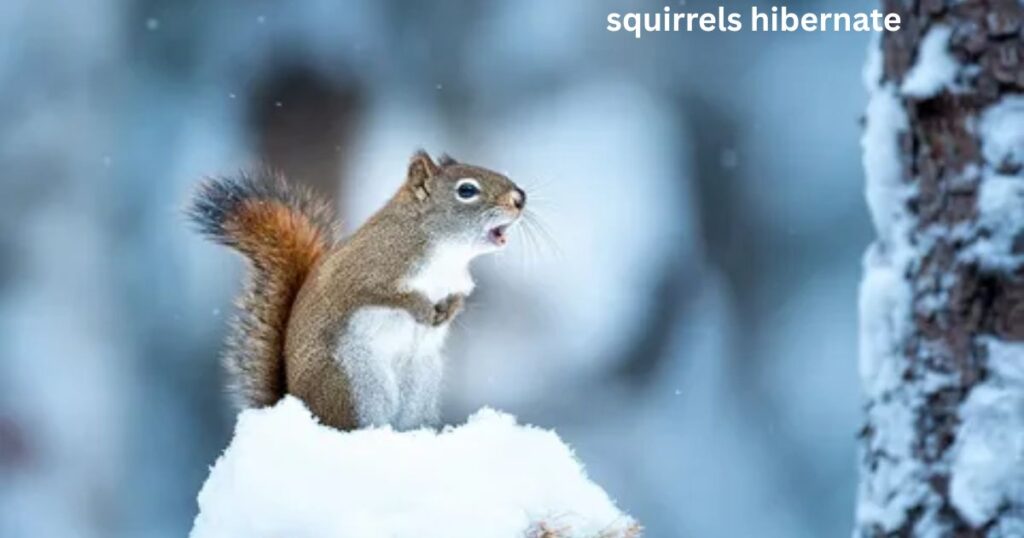
As I delve into the fascinating world of squirrel behavior, I’ve discovered that not all squirrels hibernate in the same way. While tree squirrels might appear to be more active during the winter months, it’s actually ground squirrels that take hibernation to a whole new level.
These little critters engage in a state called torpor, a temporary hibernation where their body temperature drops and metabolism slows down significantly. It’s like nature’s way of hitting the snooze button to conserve energy during the harshest months.
Interestingly, their hibernation patterns are closely tied to seasonal activity and food storage habits. Ground squirrels prepare for winter by stockpiling food in their nests, ensuring they have enough sustenance while they remain dormant.
In contrast, tree squirrels are more likely to venture out on warmer winter days, showcasing their remarkable climate adaptation skills. Watching them forage through the snow, searching for hidden acorns, is a reminder of their resilience and ingenuity in the face of cold weather. It’s this duality in their hibernation strategies that makes squirrels such intriguing creatures, each adapting their sleep patterns and nesting habits to thrive in their unique environments.
Two Types Of Squirrel Live In The UK
As I observe the bustling parks and woodlands of the UK, I can’t help but marvel at the two primary squirrel species that call this place home: the agile red squirrel and the more common gray squirrel.
While both are fascinating in their own right, their behaviors during winter truly set them apart. The red squirrel, with its striking fur and bushy tail, has adapted to colder climates by entering a state of torpor, a form of light hibernation where it slows its metabolism to conserve energy.
Meanwhile, gray squirrels remain active throughout the winter, relying on their impressive food storage skills to forage for acorns and nuts hidden away in their nests.
I find it intriguing how their nesting habits reflect their survival strategies. The gray squirrel’s nests, or dreys, are often built high in trees, offering protection from predators and the harsh cold. In contrast, red squirrels prefer to burrow into tree cavities, creating cozy dens that insulate them against the chill.
It’s not just about staying warm; their seasonal activity is a clever dance with nature’s rhythms, showcasing their remarkable climate adaptation. Watching these squirrels navigate the winter landscape really deepens my appreciation for their resourcefulness and unique behaviors.
Each twitch of a tail or rustle of leaves tells a story of survival and resilience in the face of cold weather challenges.
Where Do Squirrels Live?
As I watch the agile movements of squirrels in my backyard, I’m often struck by their remarkable adaptability to various habitats. These clever creatures can be found in forests, parks, and even urban areas, showcasing an impressive range of squirrel species.
Tree squirrels, with their acrobatic prowess, prefer the lofty branches of hardwoods, where they build intricate nests or dreys.
Ground squirrels, on the other hand, dig elaborate burrow systems that serve as both homes and storage for food, a testament to their smart foraging behavior and winter survival strategies.
When winter approaches, many people mistakenly believe that squirrels hibernate like bears do. In reality, they enter a state called torpor, a lighter form of hibernation that allows them to conserve energy while still remaining somewhat active.
During this period, they rely heavily on their food storage nut caches buried in the ground or hidden in tree crevices to sustain themselves through the cold months.
Observing these seasonal activities, from their frantic foraging before the first frost to their snug nesting habits as temperatures drop, reveals the fascinating ways squirrels adapt to climate challenges and ensure their survival.
Each day, I’m reminded of their resilience and resourcefulness, making me appreciate these lively little creatures even more.
What Do Squirrels Eat
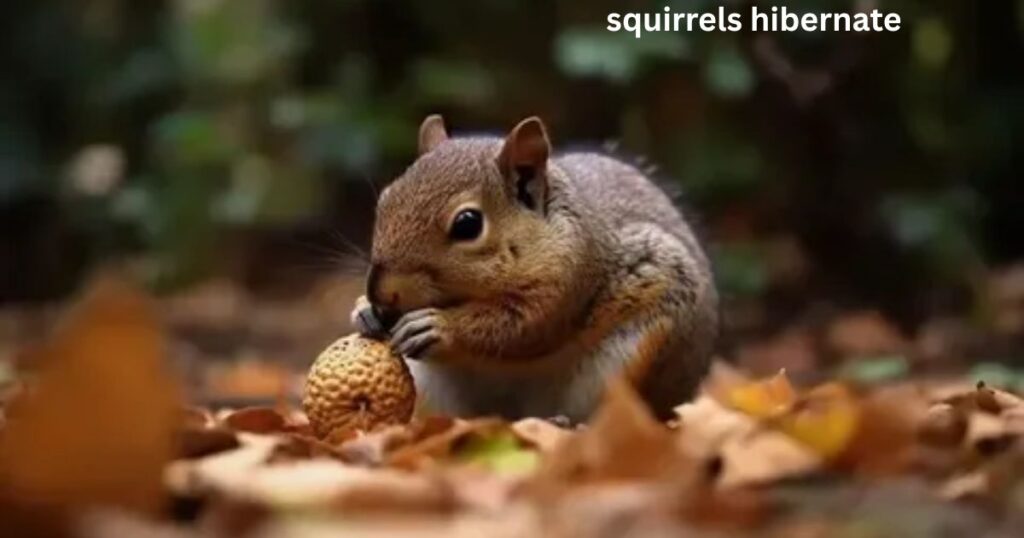
When I watch squirrels scurrying about, I can’t help but marvel at their remarkable foraging behavior. These little acrobats are not just searching for snacks; they’re engaged in a vital ritual of food storage that helps them survive the harsh winter months.
As temperatures drop and food becomes scarce, squirrels like tree squirrels and ground squirrels prepare for hibernation not in the traditional sense of sleep, but by entering a state called torpor. This allows them to conserve energy while still remaining somewhat active, which is fascinating to witness.
During this cold weather season, their nesting habits become crucial. I’ve seen them meticulously create squirrel dens, tucking away nuts and seeds as if they were treasure hunters hoarding their bounty.
Different squirrel species have unique preferences when it comes to food, ranging from acorns to berries, and even fungi. Their ability to adapt their diet based on seasonal activity is a testament to their intelligence and resilience.
It’s a dance of survival that captivates me; each squirrel’s instinctual drive to gather and store food not only showcases their resourcefulness but also highlights the intricate balance of nature in which they thrive.
If squirrels aren’t hibernating, how do they survive during winter?
Watching squirrels dart around in the winter, I often find myself pondering their remarkable survival strategies. Unlike some animals that hibernate, squirrels exhibit fascinating behaviors that allow them to thrive during the cold months.
They don’t enter a deep sleep but instead can enter a state of torpor, a lighter form of dormancy where their metabolism slows down. This clever adaptation helps them conserve energy while still being able to respond to warmer days when food is more accessible.
Food storage plays a crucial role in their winter survival. As the seasons change, squirrels engage in a frantic foraging behavior, gathering and burying nuts and seeds in various locations—a practice known as caching.
When snow blankets the ground, these hidden treasures become their lifeline. Moreover, their nesting habits are equally essential; tree squirrels often seek refuge in cozy dens, while ground squirrels create burrows that provide insulation against the harsh cold.
Observing their daily activities, I can’t help but admire how these agile creatures navigate the challenges of winter, showcasing an incredible blend of resourcefulness and resilience in the face of adversity.
What to Do about Squirrels in the House
When I first discovered squirrels in my attic, I was startled but quickly became fascinated by their behavior. It’s interesting to learn that these little creatures don’t truly hibernate like bears; instead, they enter a state of torpor during the coldest months, occasionally waking to forage for food.
Understanding their seasonal activity helped me realize that the squirrels were simply trying to adapt to the winter survival challenge. They were not just intruders; they were following their instinctive nesting habits and food storage routines.
To effectively handle the situation, I researched different squirrel species and their foraging behavior. Tree squirrels tend to be more common in urban areas, while ground squirrels are often found in gardens and yards.
I learned that closing off access points in my home wasn’t enough; I also needed to consider how to deter them from returning. Installing squirrel-proof bird feeders and removing any potential food sources outside not only helped protect my home but also created a more harmonious environment for these agile critters.
By respecting their need for energy conservation and understanding their sleep patterns, I found ways to coexist with them during their active months while ensuring my home remains a safe haven.
Final Thought
To wrap up, it’s clear that squirrels have developed remarkable strategies to cope with winter, even if they don’t truly hibernate. Their ability to adapt through energy conservation techniques, such as entering torpor or relying on stored food, showcases their ingenuity in surviving the cold months.
As I watch these little animals navigate their environment, I can’t help but appreciate their complex sleep patterns and nesting habits that keep them safe and warm. It’s a testament to the incredible diversity in animal hibernation behaviors. So, why not take some time to observe these fascinating creatures in your own backyard this winter?
FAQs
Do Squirrels Hibernate In Texas?
No, squirrels in Texas don’t truly hibernate. Instead, they enter a state of torpor where they become less active but still wake up periodically to eat.
Where Do Squirrels Hibernate In The Winter Time
No, squirrels don’t truly hibernate like some animals. Instead, they enter a state of torpor, where they become less active and stay in their nests for extended periods.
What do Texas squirrels do when it gets cold?
When it gets cold, Texas squirrels prepare for winter by gathering and storing food. They may also find shelter in tree cavities or nests to stay warm.

